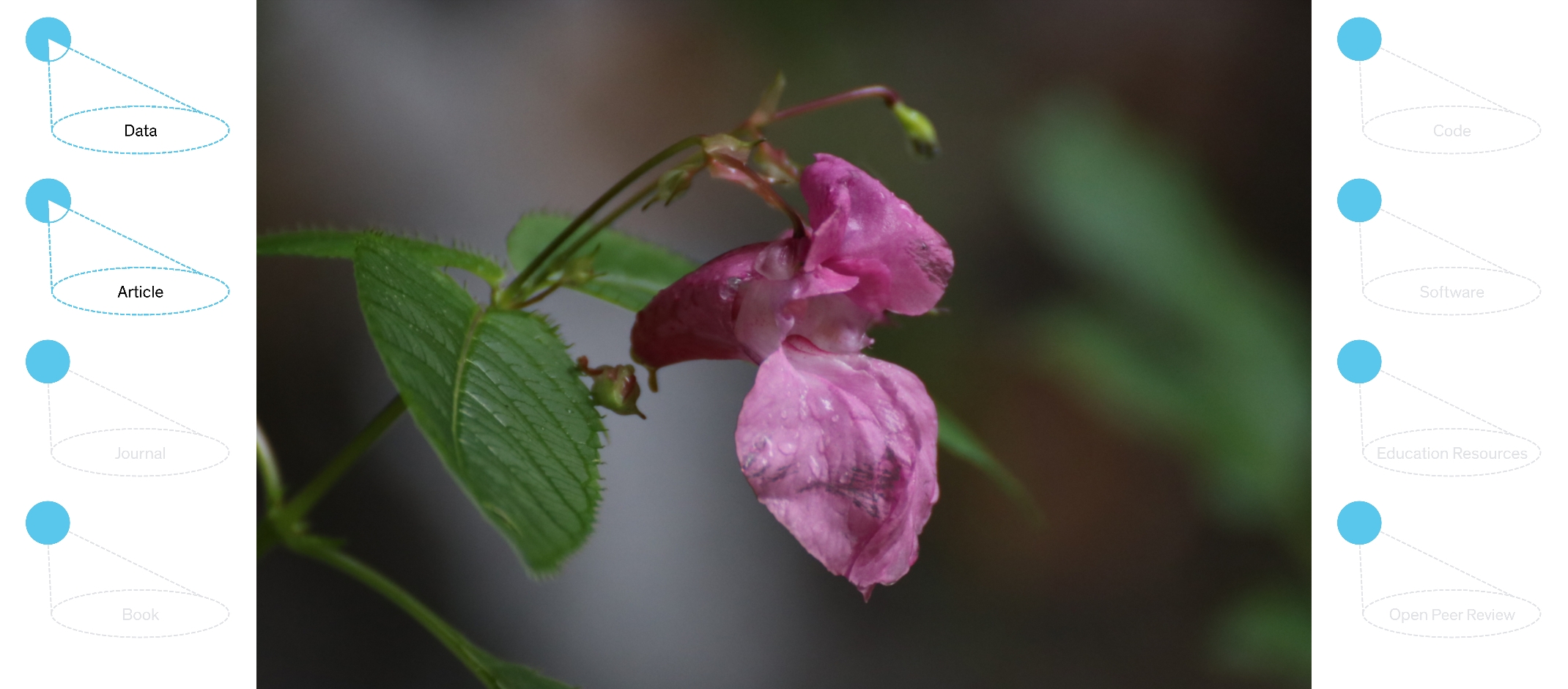Understanding alien plants better

Plants that – with human help – spread outside their original range and successfully establish in new locations are called naturalized alien plants. Some of them cause immense ecological, health and economic harm in their new locations, for example, by displacing native species, spreading allergens or negatively impacting agriculture and infrastructure. In order to identify patterns in the worldwide spread of alien plants and investigate the corresponding causes, researchers need a comprehensive and reliable data foundation.
The Global Naturalized Alien Flora (GloNAF) database, which is curated and constantly updated by an international research team led by Konstanz biologists Mark van Kleunen and Amy Davis, provides such a foundation. The latest version of the database – GloNAF 2.02 – contains 349,271 entries on 16,429 species and sub-species in 1,343 regions around the world (as of September 2025). Like its previous version, the database is freely accessible and can be used under a CC-BY 4.0 licence.
GloNAF 2.02 (doi: 10.5281/zenodo.17105725), a data set with 349,271 entries on the global spread of naturalized alien plants, is freely available for download in the Zenodo data repository.
The accompanying article (doi: 10.1002/ecy.70245) on the current version of the database is also available open access.

